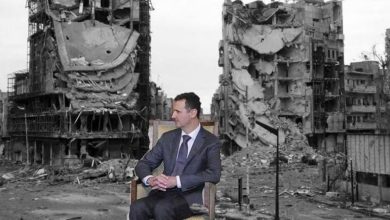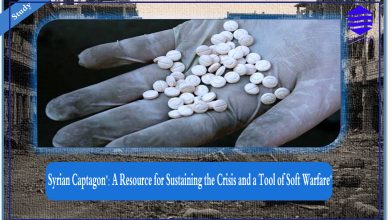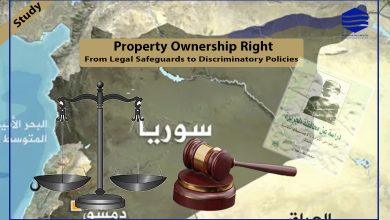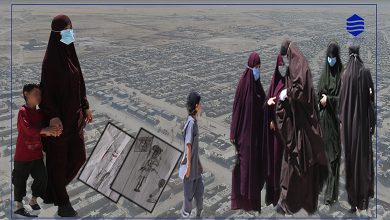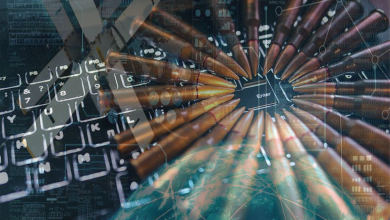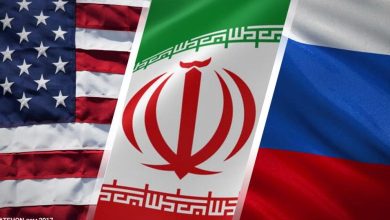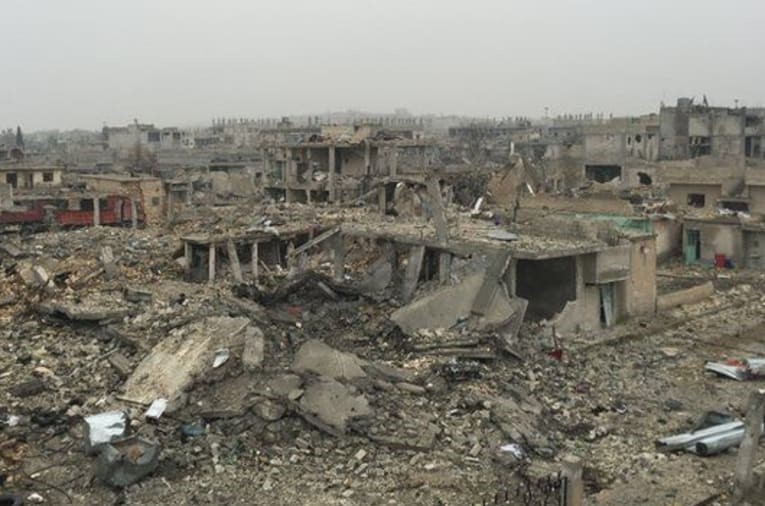
Reconstruction in Syria: Between Theorization and Difficulty of Implementation
Introduction
War, when it touches any land, turns it into rubble and devastates everything in its path, leaving no stone unturned. After it ends, whether with the victory of one party or without a clear victor, much of a country’s potential is destroyed, and its resources are depleted, as everyone has exhausted their energies in the conflict. This is where the role of decision-makers comes into play, often using the term “reconstruction,” as is happening today in Syria. Paradoxically, those who may lead the reconstruction efforts are often the same actors who played a leading role in the destruction, all within the global capitalist system, which in one way or another contributes to the destruction process by fueling various arms markets and increasing the profits of arms companies. Then, after the conflicting parties have exhausted themselves, the more powerful and influential actors in these crises begin to claim privileges in exchange for donor loans. They link the principles of reconstruction to their interests and visions of the final solution, thus igniting a new conflict over who will lead the reconstruction.
Reconstruction processes following wars are among the greatest and most complex challenges, and they are not purely economic issues; they are primarily political matters dominated by the interests of states. These crises do not manufacture themselves to leave reconstruction in the hands of others; they must have a significant share in this process.
Hardly a decade goes by in the Middle East without it being marred by bloodshed and devastation, either through civil wars or international conflicts. These wars become the instruments that destroy everything, from cities to villages, roads to buildings, factories to schools. These wars do not happen by chance; they are driven by greed, power struggles, and domination.
What Syria has been experiencing for the past ten years is part of this conflict. The crisis began peacefully but quickly turned into a bloody armed conflict, leading to the intervention of regional and international powers in the region. If you were to travel by land from anywhere in Syria, you would encounter the scale of destruction caused by this war. Many cities appear to be nothing more than piles of rubble, with their steel skeletons exposed. This war has left severe damage to the social, cultural, and urban fabric of the country and has affected all aspects of life.
The Problem Statement
The problem addressed in this study arises from the challenges facing post-war reconstruction in Syria. These challenges include the complexity of external interventions, the diversity of internal agendas on the Syrian stage, and the difficulty of reaching consensus among all these parties. Therefore, the problem of the study can be formulated in the following question:
– How will reconstruction take place in the midst of all these regional and international interventions?
This is what we seek to shed light on in this study.
